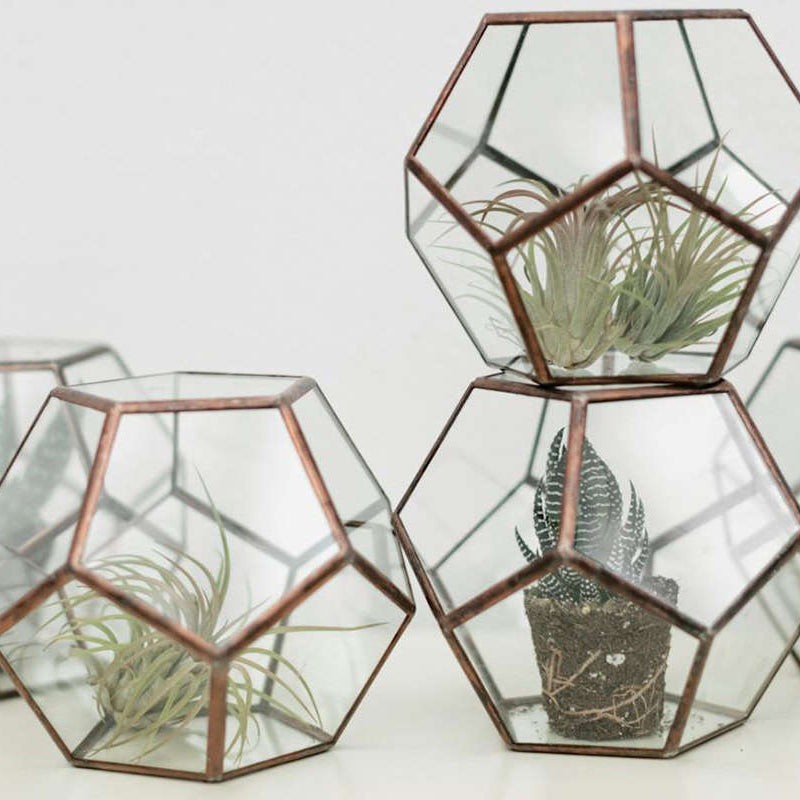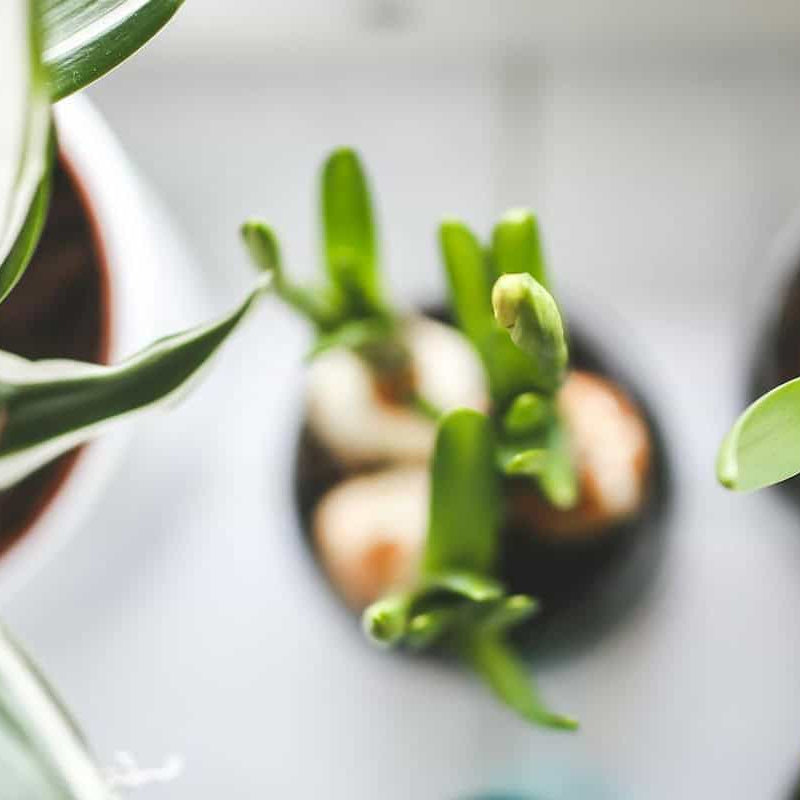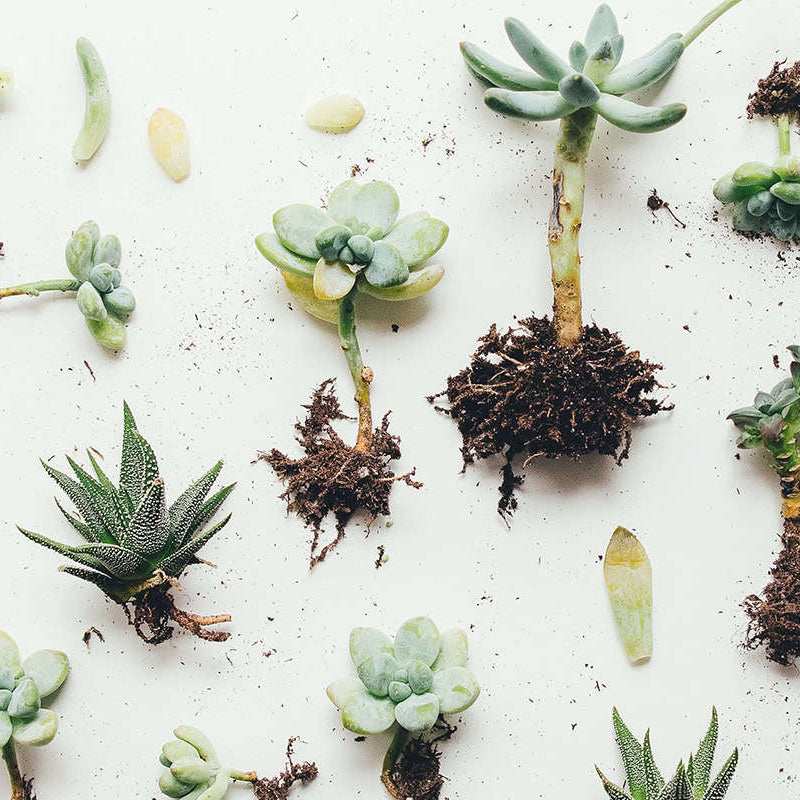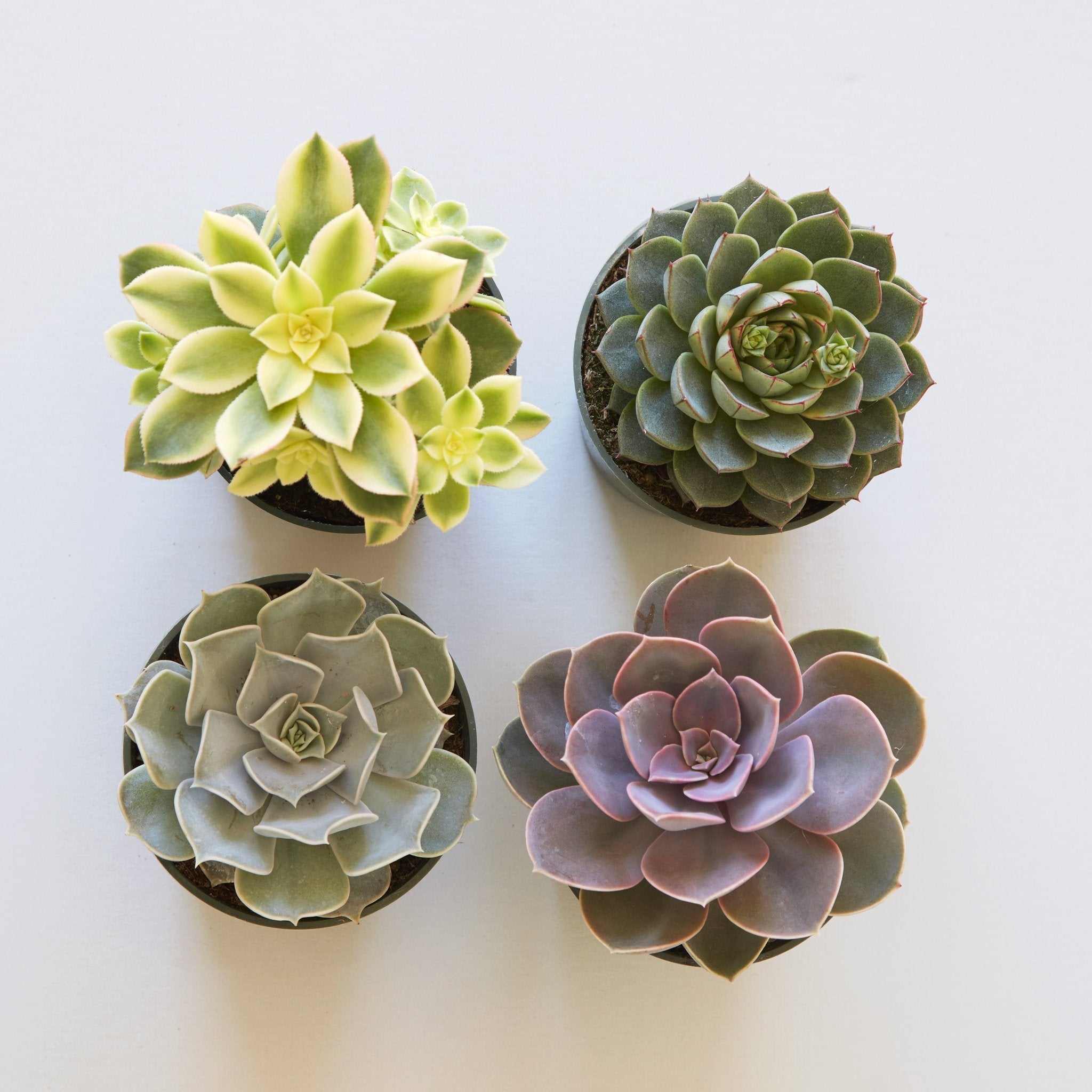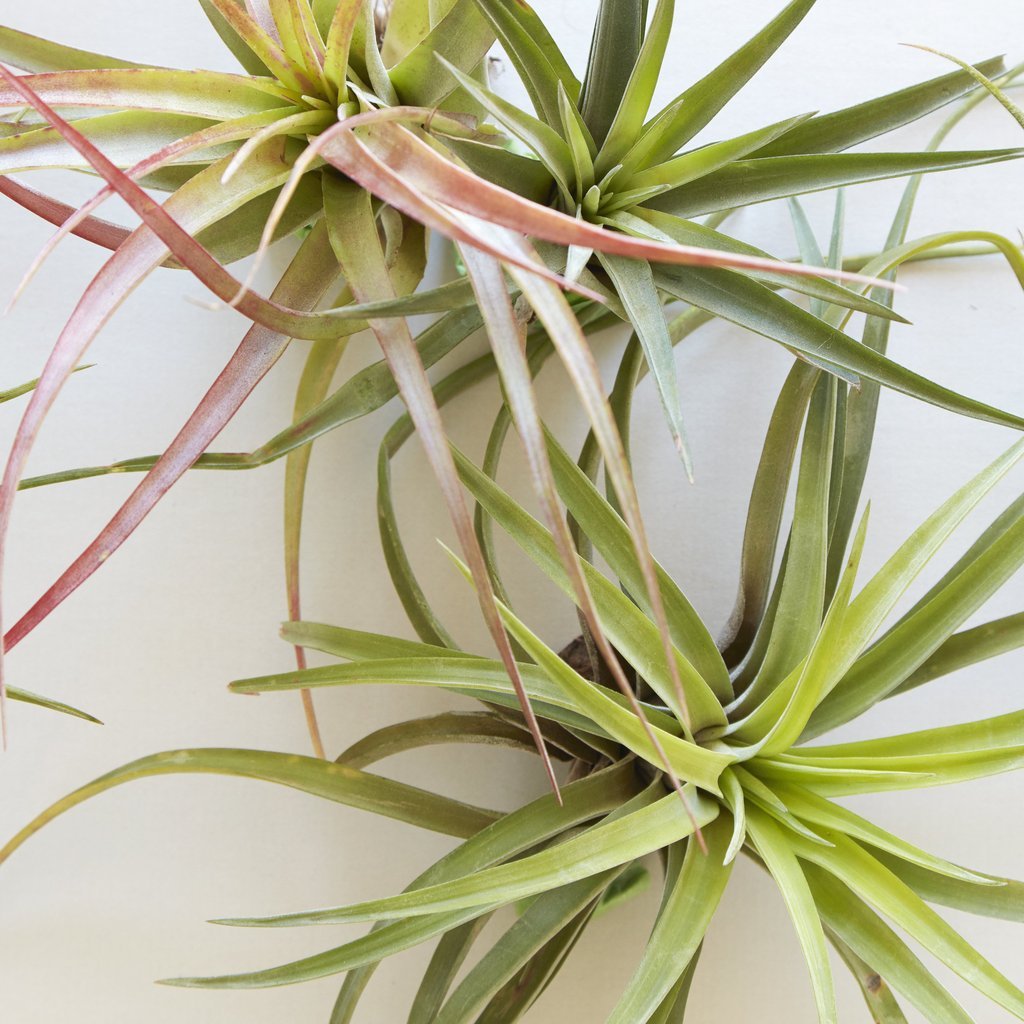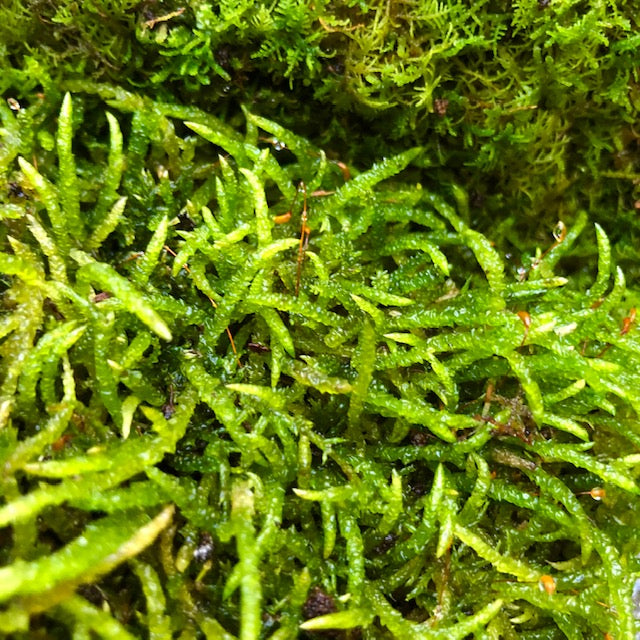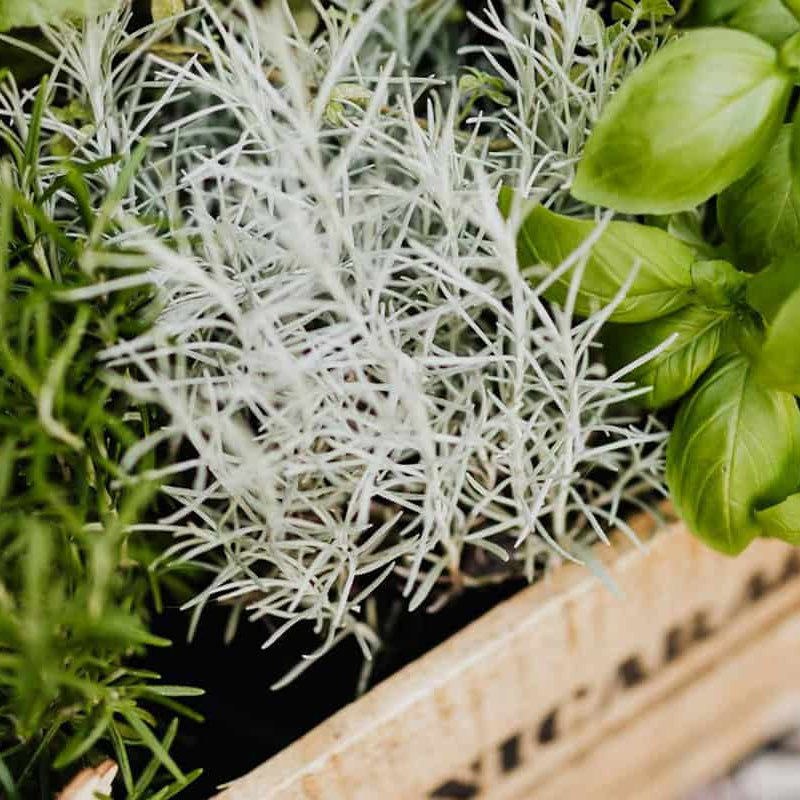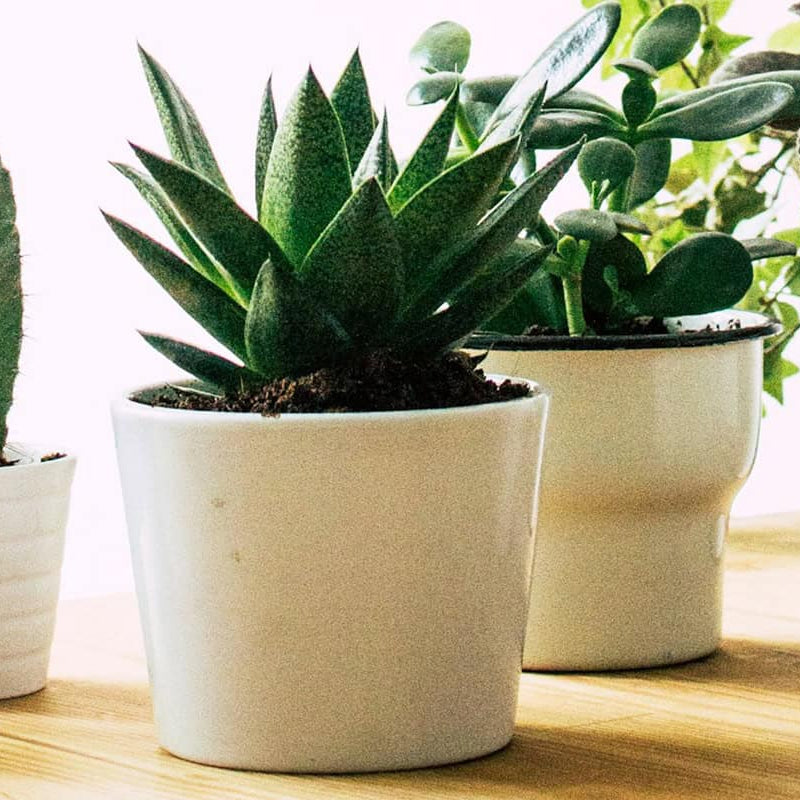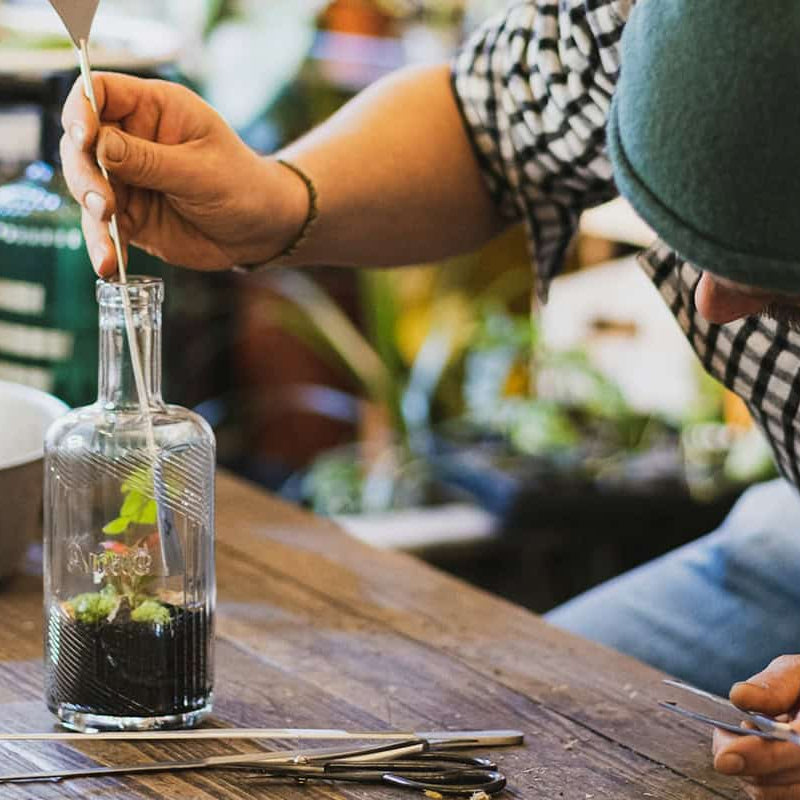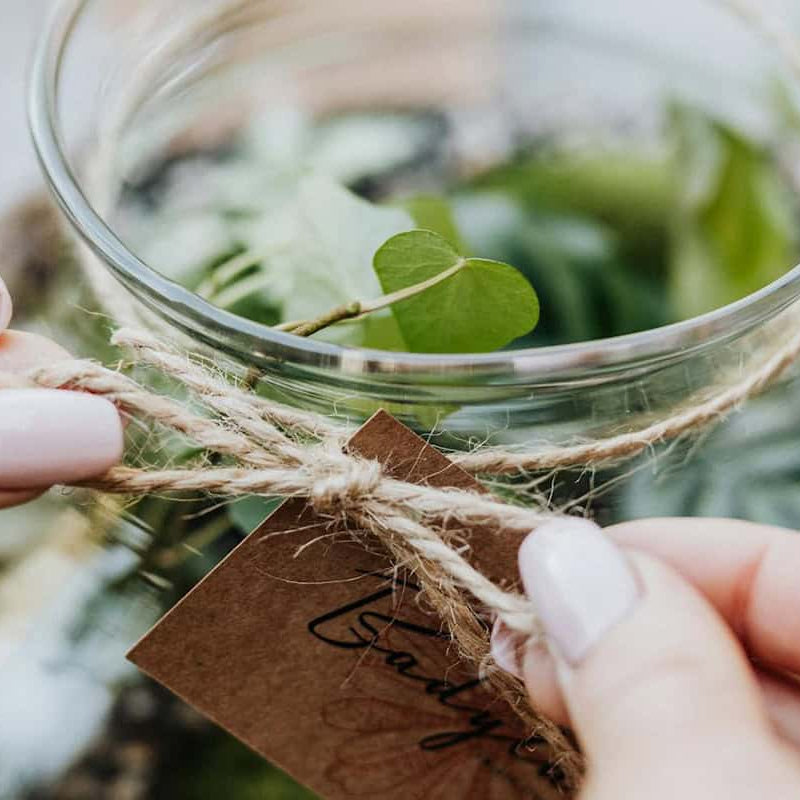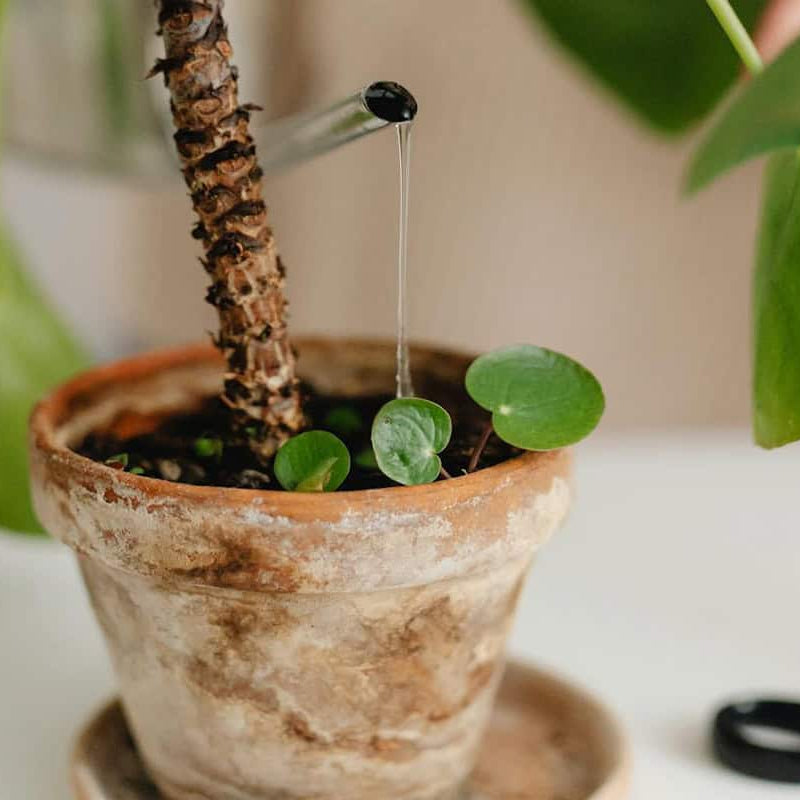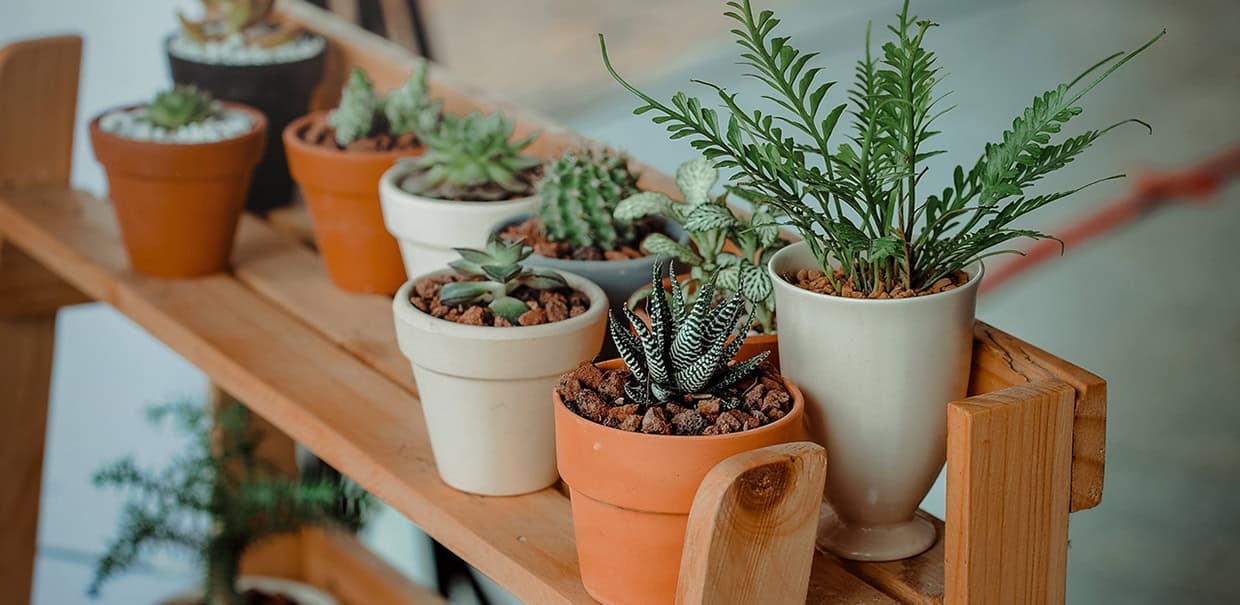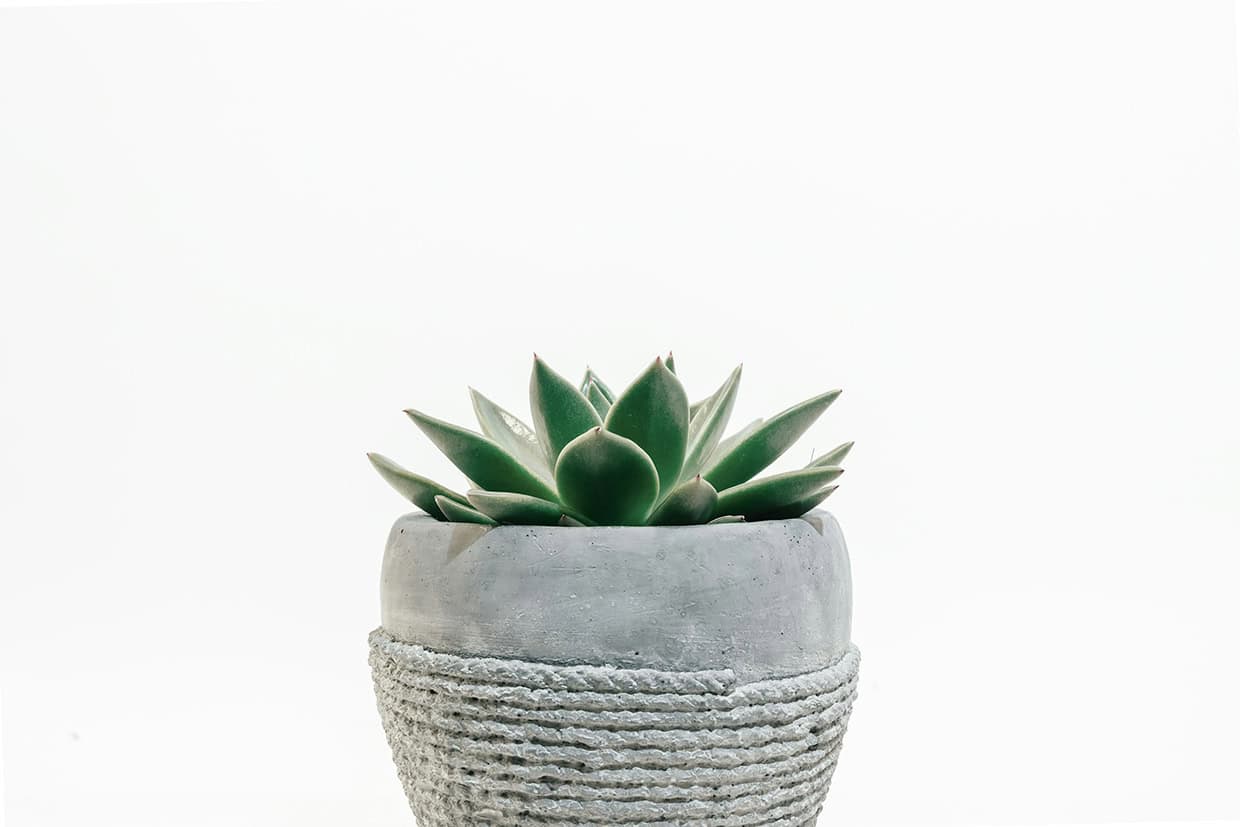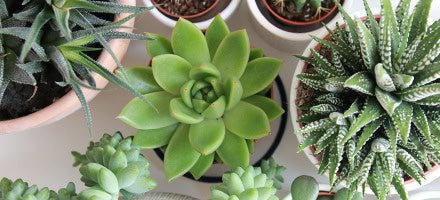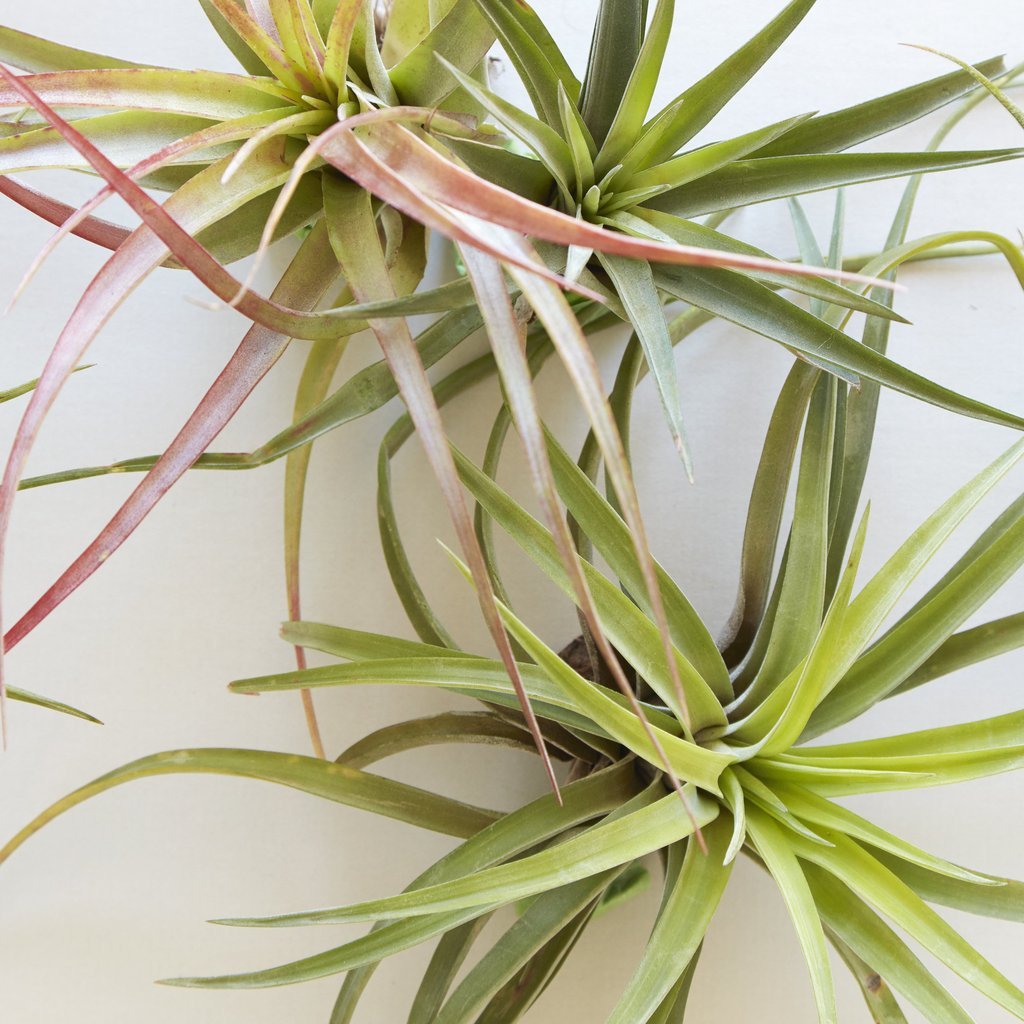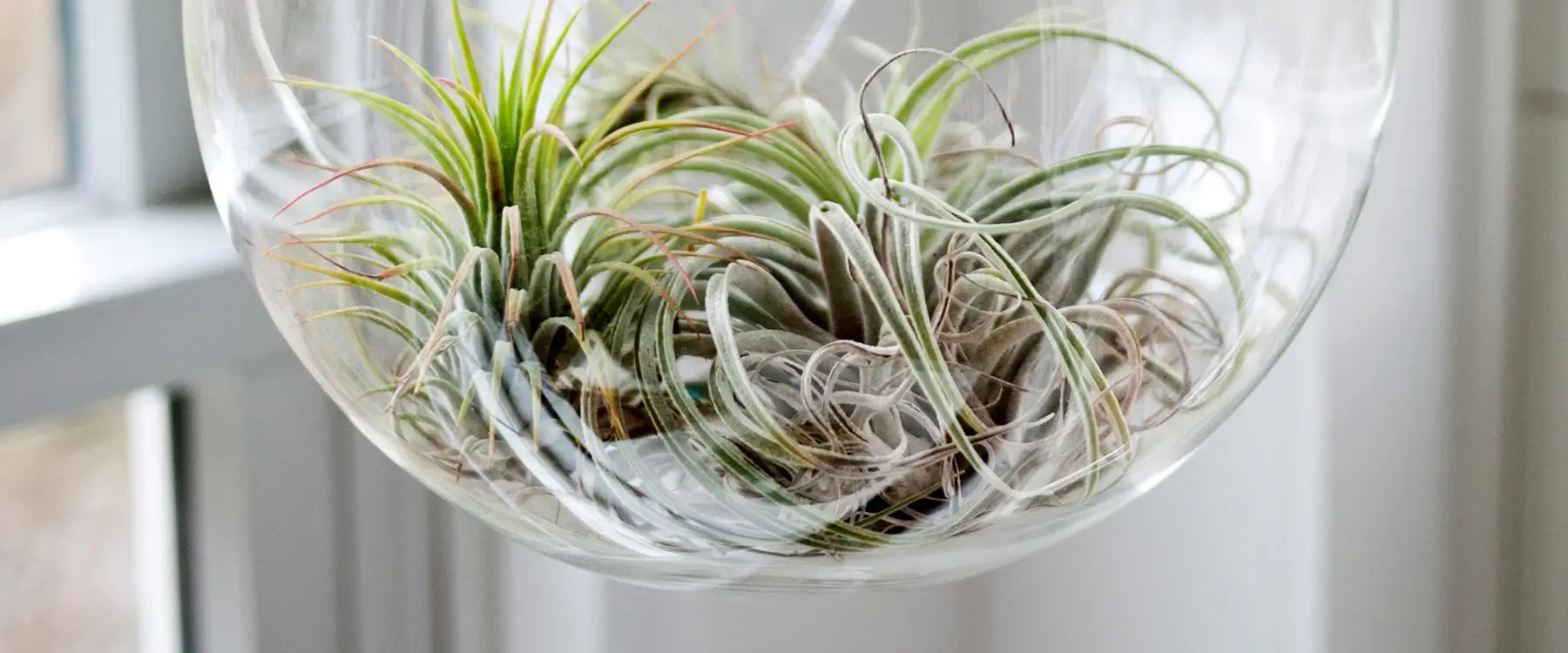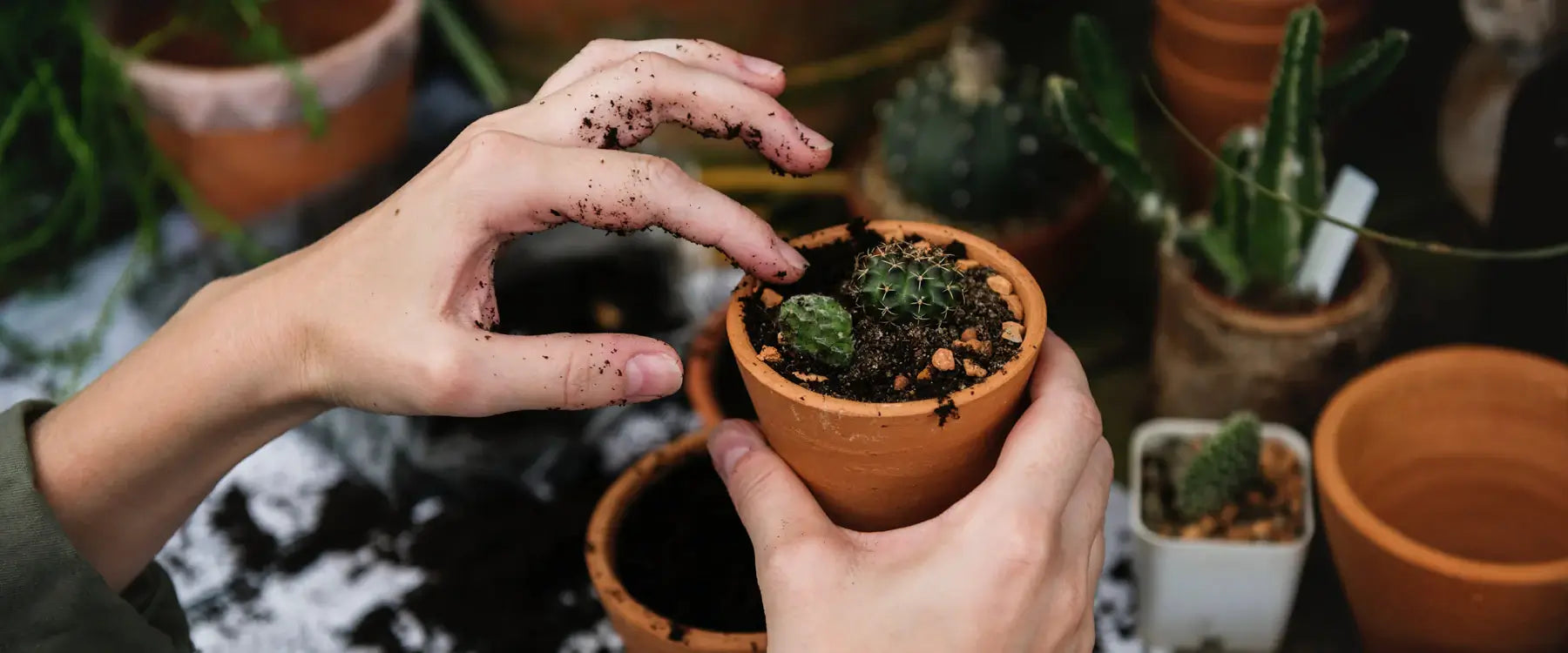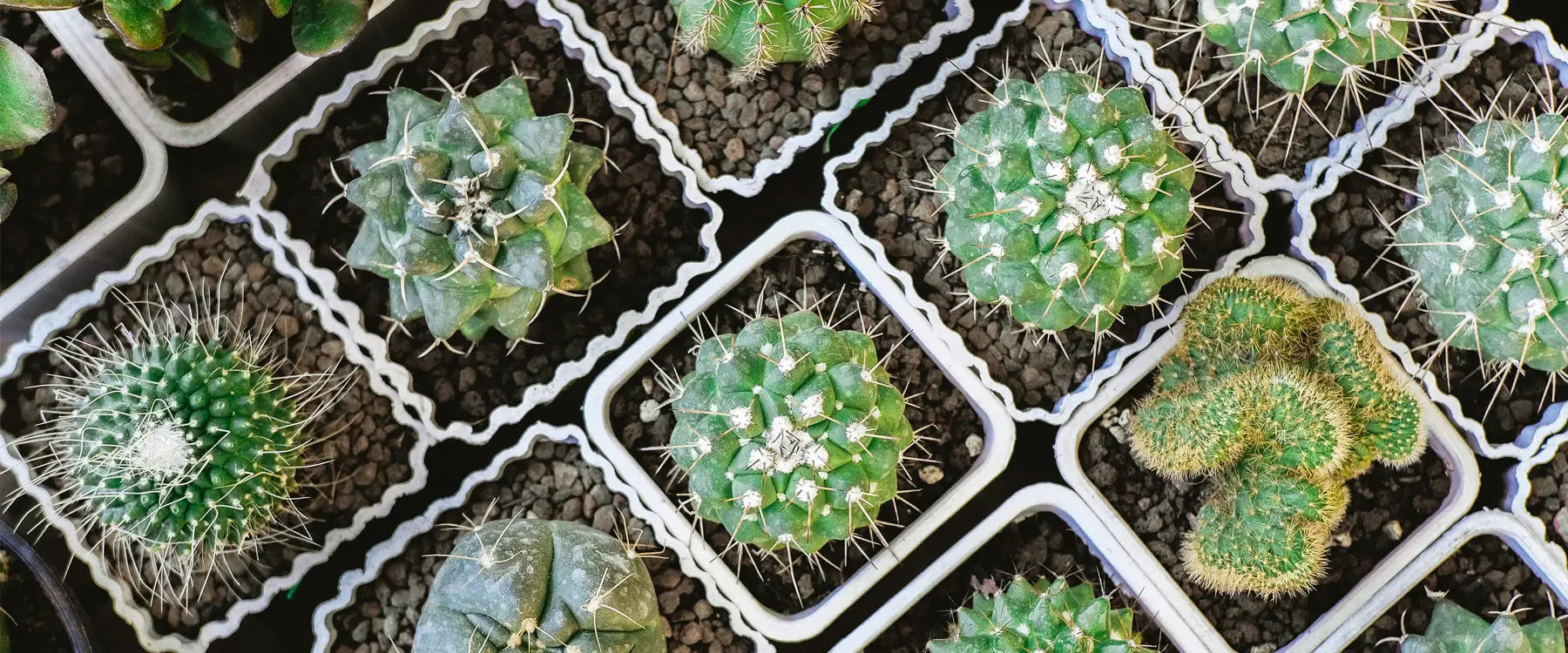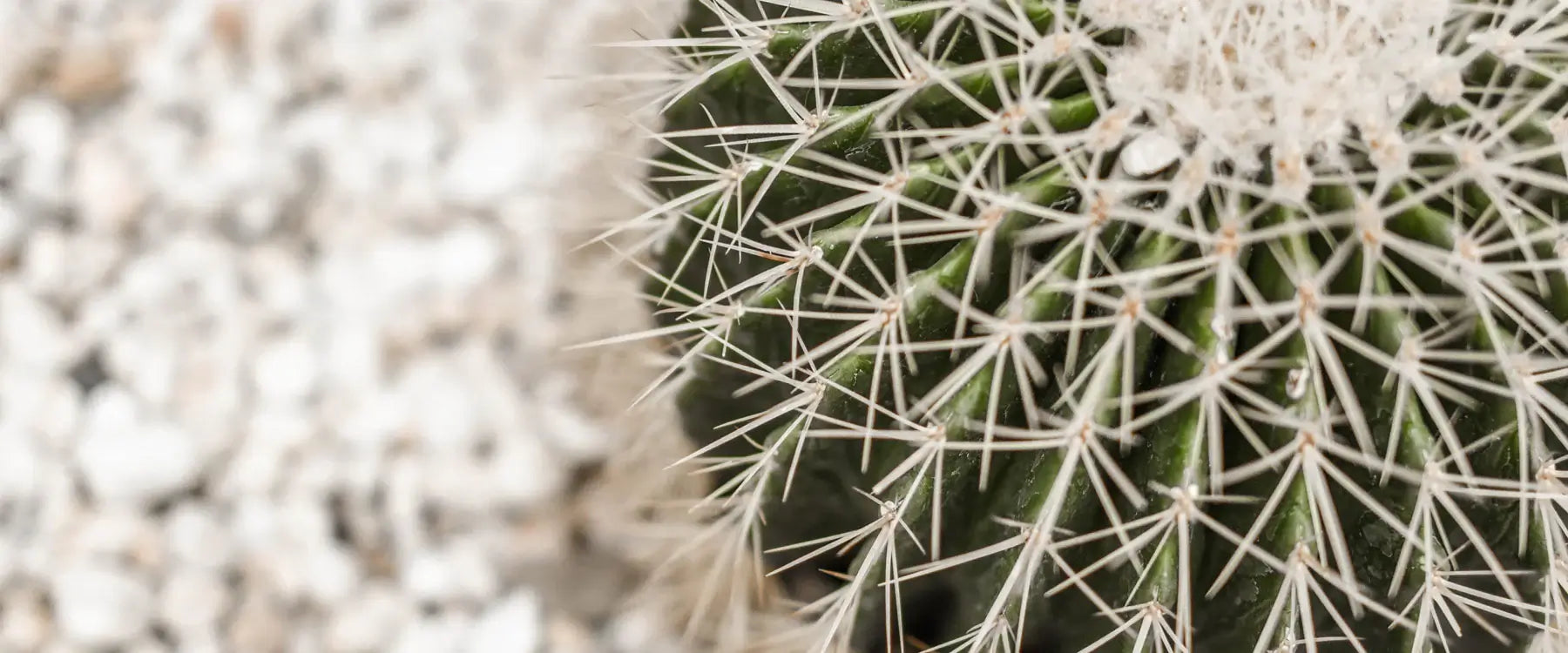SUCCULENTS ARE READY
AIR PLANTS ON FRIDAY
SUCCULENTS ARE READY
AIR PLANTS ON FRIDAY
SUCCULENTS ARE READY
AIR PLANTS ON FRIDAY
SUCCULENTS ARE READY
AIR PLANTS ON FRIDAY
SUCCULENTS ARE READY
AIR PLANTS ON FRIDAY
SUCCULENTS ARE READY
AIR PLANTS ON FRIDAY
SUCCULENTS ARE READY
AIR PLANTS ON FRIDAY
SUCCULENTS ARE READY
AIR PLANTS ON FRIDAY
SUCCULENTS ARE READY
AIR PLANTS ON FRIDAY
SUCCULENTS ARE READY
AIR PLANTS ON FRIDAY
SUCCULENTS ARE READY
AIR PLANTS ON FRIDAY
SUCCULENTS ARE READY FOR PICK UP!
NEW AIR PLANTS WILL BE IN ON FRIDAY
SUCCULENTS ARE READY FOR PICK UP!
NEW AIR PLANTS WILL BE IN ON FRIDAY
SUCCULENTS ARE READY FOR PICK UP!
NEW AIR PLANTS WILL BE IN ON FRIDAY
SUCCULENTS ARE READY FOR PICK UP!
NEW AIR PLANTS WILL BE IN ON FRIDAY
SUCCULENTS ARE READY FOR PICK UP!
NEW AIR PLANTS WILL BE IN ON FRIDAY
SUCCULENTS ARE READY FOR PICK UP!
NEW AIR PLANTS WILL BE IN ON FRIDAY
SUCCULENTS ARE READY FOR PICK UP!
NEW AIR PLANTS WILL BE IN ON FRIDAY
SUCCULENTS ARE READY FOR PICK UP!
NEW AIR PLANTS WILL BE IN ON FRIDAY
SUCCULENTS ARE READY FOR PICK UP!
NEW AIR PLANTS WILL BE IN ON FRIDAY
SUCCULENTS ARE READY FOR PICK UP!
NEW AIR PLANTS WILL BE IN ON FRIDAY
SUCCULENTS ARE READY FOR PICK UP!
NEW AIR PLANTS WILL BE IN ON FRIDAY
SUCCULENTS ARE READY FOR PICK UP!
NEW AIR PLANTS WILL BE IN ON FRIDAY
SUCCULENTS ARE READY FOR PICK UP!
NEW AIR PLANTS WILL BE IN ON FRIDAY
SUCCULENTS ARE READY FOR PICK UP!
NEW AIR PLANTS WILL BE IN ON FRIDAY
SUCCULENTS ARE READY FOR PICK UP!
NEW AIR PLANTS WILL BE IN ON FRIDAY
SUCCULENTS ARE READY FOR PICK UP!
NEW AIR PLANTS WILL BE IN ON FRIDAY
